Blind Contour Drawing
- Michele Di Erre
- Jun 22, 2022
- 3 min read
Updated: May 5
A Gateway to Seeing and Creating Differently
Blind contour drawing is a powerful artistic exercise where the artist draws the contour of a subject without ever looking at the paper. This deceptively simple technique was first introduced by Kimon Nicolaïdes in The Natural Way to Draw and later popularized by Betty Edwards in The New Drawing on the Right Side of the Brain, where she refers to it as "pure contour drawing."

This book changed my life. After reading it, I never stopped experimenting, sketching, and drawing everything around me. It was the beginning of an artistic journey that shaped my creative vision and ultimately led me to where I am today.
The Technique: Drawing Without Seeing
The method is straightforward yet profoundly effective:
Fix your gaze on the outline of the subject you are drawing.
Track the edges carefully with your eyes, as if you are feeling the form with your sight.
Simultaneously draw a continuous line on the paper, without lifting the pencil and without looking at your drawing.
The key is to synchronize eye movement and hand movement—allowing your pencil to become an extension of your vision.
This exercise forces you to observe deeply, breaking away from preconceived symbols or learned shortcuts your brain wants to use when drawing. Instead of drawing what you think you see, you train yourself to capture what is truly in front of you.
Why is Blind Contour Drawing Important?
Both Nicolaïdes and Edwards provide compelling reasons why this method is so effective:
Kimon Nicolaïdes believed that blind contour drawing strengthens the connection between sight and touch, as if the pencil is physically tracing the object's edges. This heightens perception and accuracy, essential for developing an artist’s eye.
Betty Edwards, on the other hand, argued that this technique shifts the artist’s brain from left-mode (logical, analytical thinking) to right-mode (visual, spatial perception). This allows the artist to bypass rigid, symbolic interpretations and instead see objects in their raw, complex forms.
While the resulting drawings may not be realistic or polished, the technique sharpens observational skills, enhances hand-eye coordination, and teaches you to embrace imperfection—a crucial step in artistic growth.
How Blind Contour Drawing Shapes My Art
Many artists use blind contour drawing as a warm-up before a session, loosening up the mind and hand. For me, however, it became a source of inspiration in itself.
This technique has directly influenced many of the collections you’ll find on this site, particularly:
"Umanoidi" – Distorted yet deeply expressive figures that capture raw human emotion.
"Fairy Tales" – Surreal, dreamlike illustrations that embrace spontaneity and imperfection.
"Expressionist Portraits" – A series where emotion takes precedence over anatomical accuracy, all influenced by the freedom of blind drawing.
By letting go of control and trusting the process, I discovered an unfiltered, spontaneous energy in my work—one that continues to define my artistic voice today.
Final Thoughts: Embrace the Unknown
If you've never tried blind contour drawing, I encourage you to give it a go. You might be surprised by how much it teaches you—not just about drawing, but about seeing the world with fresh eyes.
Art isn’t about perfection; it’s about discovery, feeling, and expression. And sometimes, the best way to truly see is to stop looking.


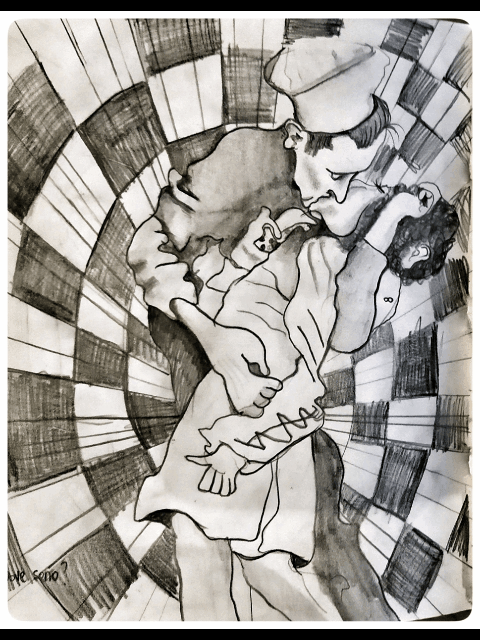
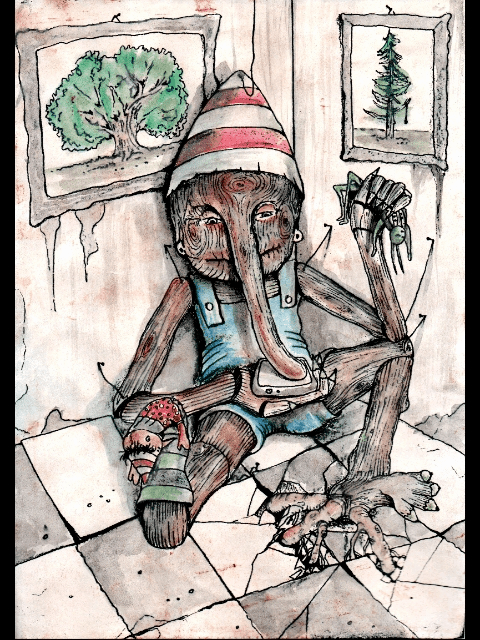
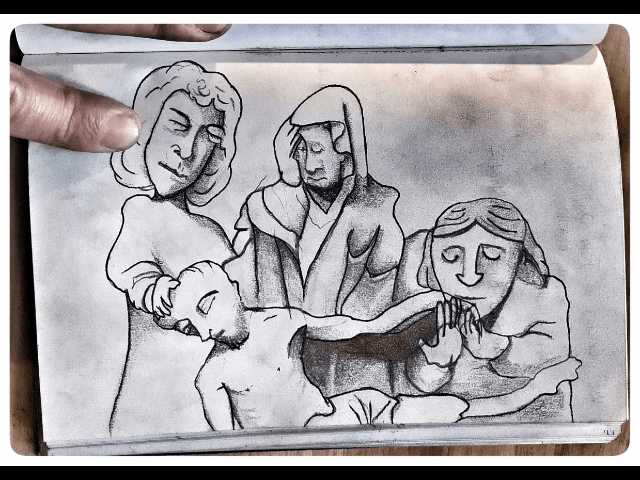


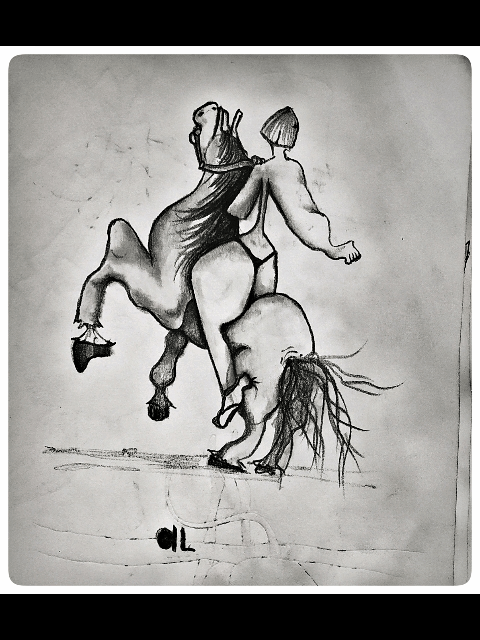

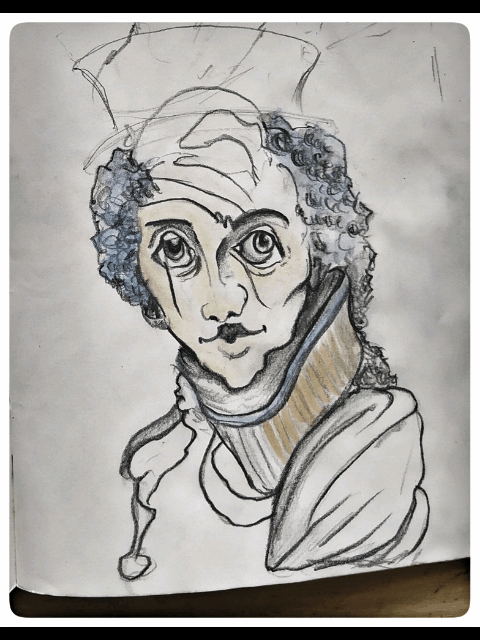
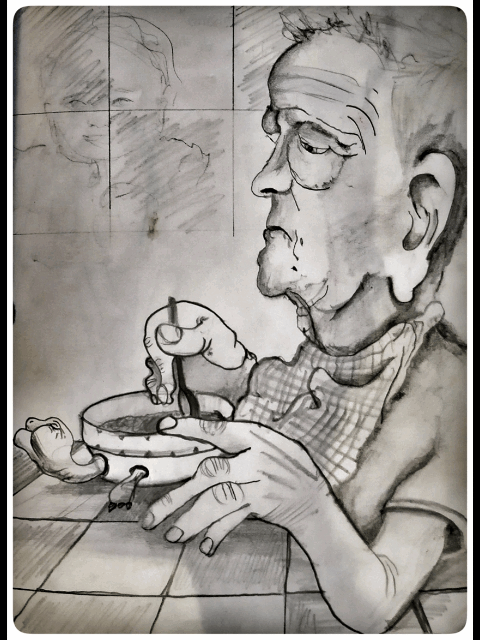
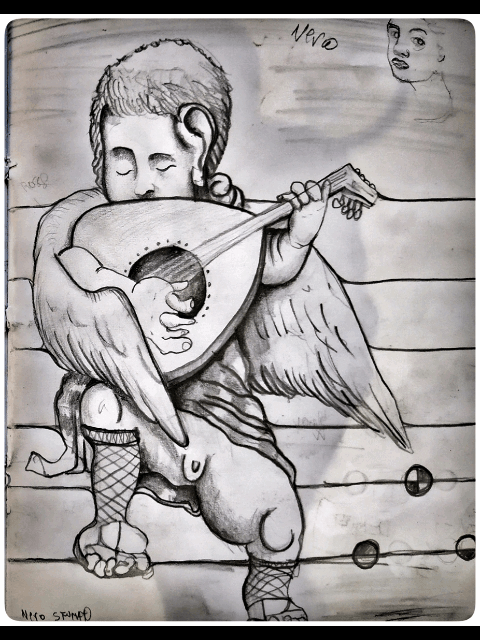


















Ecco un articolo veramente interessante! Grazie per condividere!